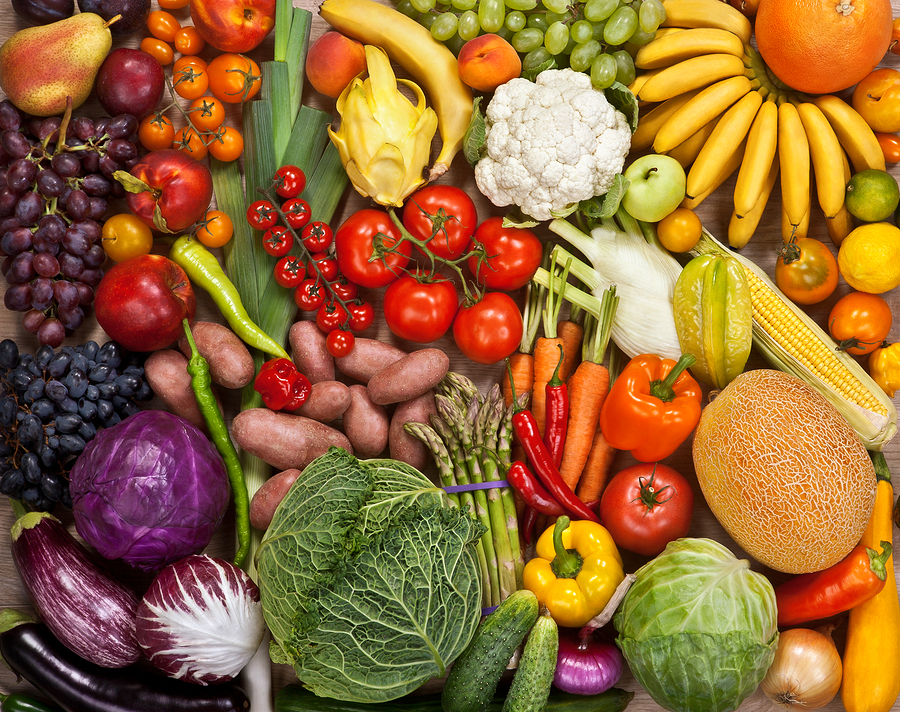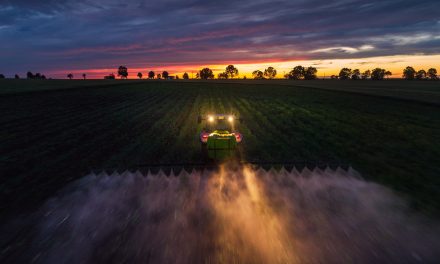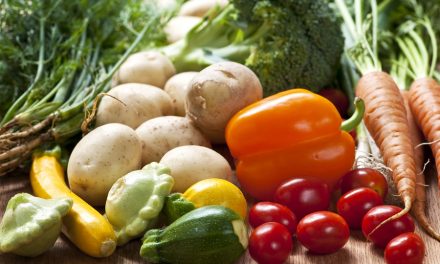Foods That Help You Stay Hydrated
I love summer and it’s almost here! To me, summer means lots and lots of fresh, raw fruits and veggies…some of which come from my garden. All that color, vitamins, and phytochemicals- yum! But, you and your family don’t have to wait to eat well, you can start now with these wonderful foods that are high in nutrients, low in calories, and high in water content!
1. Cucumber- Water content: 96.7%
This veggie has the highest water content of any solid food, I like mine with homemade hummus. If you eat dairy, consider making cucumber soup. Blend it with nonfat yogurt, mint, and ice cubes! On a hot day, chilled cucumber soup is so refreshing and tasty!
2. Iceberg lettuce- Water content: 95.6%
Some health experts treat iceberg lettuce like it’s just a throw away veggie, often times in favor of darker leafy greens like kale and spinach (which is also on our list) but, it’s got the highest water content of any lettuce though- so enjoy it in your salads or pile it onto a sandwich. Or, even better, lose the tortilla shells or buns and use iceberg leaves as a wrap for tacos or hamburgers!
3. Celery- Water content: 95.4%
High in water and low in calories- just 6 a stalk in fact. It’s also full of fiber though and that helps keep you feeling full. But that’s not all; celery contains folate and vitamins A, C, and K. It also helps to neutralizes stomach acid and is often recommended as an all natural remedy for heartburn and acid reflux.
4. Radishes- Water content: 95.3%
This lovely little veggie, that people often carve to look like a rose, has a sweet yet slightly spicy flavor. They are also full of antioxidants like catechin! With their fun crunch, cut them up and toss them in salads- maybe even skip the croutons!
5. Tomatoes- Water content: 94.5%
Tomatoes are so good, so many different ways. Use them sliced on a sandwich or in a salad. Stick them on a toothpick and dip cherry or grape tomatoes into your hummus. You can even just eat them on their own. But, you can also use them to create a light and delicious appetizer during the summer months. Skewer grape or cherry tomatoes, basil leaves, and small chunks of mozzarella…serve plain or drizzle with balsamic vinegar. Ahh-mazing!
6. Green peppers- Water content: 93.9%
Bell peppers (from the Night Shade family- take care if you have sensitivities or if you have an autoimmune disease as peppers and tomatoes may exacerbate your symptoms) of all shades have a high water content, but green peppers have the most; red and yellow follow behind at about 92% water.
They are great on shish-ka-bobs, to use with dip, or in stir fry. If you cut them up ahead of time, they will be a quick and easy snack to grab when you want something crunchy and with their vitamins and minerals they are a great choice.
7. Cauliflower- Water content: 92.1%
While this veggie might look boring it most certainly is not. The florets are packed with vitamins and phytonutrients which have been shown to help lower cholesterol and fight cancer, including breast cancer.
Put them in a salad, grate them and use them as a rice substitute, or coat them in spice and bake them. Trust me…General Tzo’s chicken has nothing on these babies when used as a substitute!
8. Watermelon- Water content: 91.5% water
My favorite summer breakfast hands down. Watermelon is not just beautiful but among the richest sources of lycopene, a cancer-fighting antioxidant found in red fruits and vegetables. In fact, it contains more lycopene than raw tomatoes at about 12 milligrams per wedge, compared to 3 milligrams per medium-sized tomato.
I eat it alone, blend it and drink it up, or mix it in a salad with arugula, balsamic and feta (if you eat cheese- you can also find vegan feta options made from almonds). Trust me, its as mouth watering as it is refreshing!
9. Spinach- Water content: 91.4% water
Iceberg lettuce may have a higher water content, but spinach is more nutritional; it’s rich in lutein, potassium, fiber, and brain-boosting folate, and just one cup of raw leaves contains 15% of your daily intake of vitamin E—an important antioxidant for fighting free radicals.
10. Star fruit- Water content: 91.4% water
So yummy! Star fruit, is a tropical fruit that comes in sweet and tart varieties and has a texture similar to pineapple. Its fun shape is great eaten plain or as an edible garnish on the rim of a summer cocktail! It’s also rich in antioxidants, especially epicatechin—a heart-healthy compound also found in red wine, dark chocolate, and green tea.
Take note: If you have kidney problems, please avoid star fruit as it has high levels of oxalic acid.
11. Strawberries- Water content: 91.0%
All berries are good for hydration, but strawberries are the best of the bunch with raspberries and blueberries coming in around 85% water, and blackberries around 88.2%.
Eat them alone, in a smoothie, mixed with yogurt, or in a salad. I have friends who go strawberry picking every year and her son always comes back with an empty bucket- he just eats his way down the rows! Also try them after a workout, their combination of carbohydrates, fiber, and protein make them a great choice.
12. Broccoli- Water content: 90.7%
Like its cousin cauliflower, raw broccoli adds a satisfying crunch to a salad. But its nutritional profile—lots of fiber, potassium, vitamin A, and vitamin C—is slightly more impressive. What’s more, broccoli is the only cruciferous vegetable (a category that contains cabbage andkale, in addition to cauliflower) with a significant amount of sulforaphane, a potent compound that boosts the body’s protective enzymes and flushes out cancer-causing chemicals.
13. Grapefruit- Water content: 90.5%
While this fruit is tangy, research suggests it can also help lower cholesterol and shrink your waistline. One study showed that people who ate one a day could lower their LDL cholesterol by 15.5% and their triglycerides by 27%. In another study, eating half a grapefruit before each meal helped dieters lose about three and a half pounds over 12 weeks, possibly because the compounds in the fruit help burn fat and stabilize blood sugar– and that helps to reduce cravings.
14. Baby carrots- Water content: 90.4%
I had no idea- a baby carrot is higher in water content than a full sized one!
These little babes are great alone, in a dip or copped up in a salad and they are so quick and easy. Don’t forget too, eating this veggie will fill you up with biotin, vitamin K, dietary fiber, molybdenum, potassium, vitamin B6, vitamin C, manganese, niacin, vitamin B1, panthothenic acid, phosphorus, folate, copper, vitamin E, and vitamin B2!
15. Cantaloupe- Water content: 90.2%
Last but not least is the huge boost of vitamins A and C you’ll get in just one six ounce serving- and for only 50 calories! Eat it alone or blend it and freeze it into sherbet!
Enjoy this list and feel free to eat away! Enjoy! XO- Erin
Source: Health












